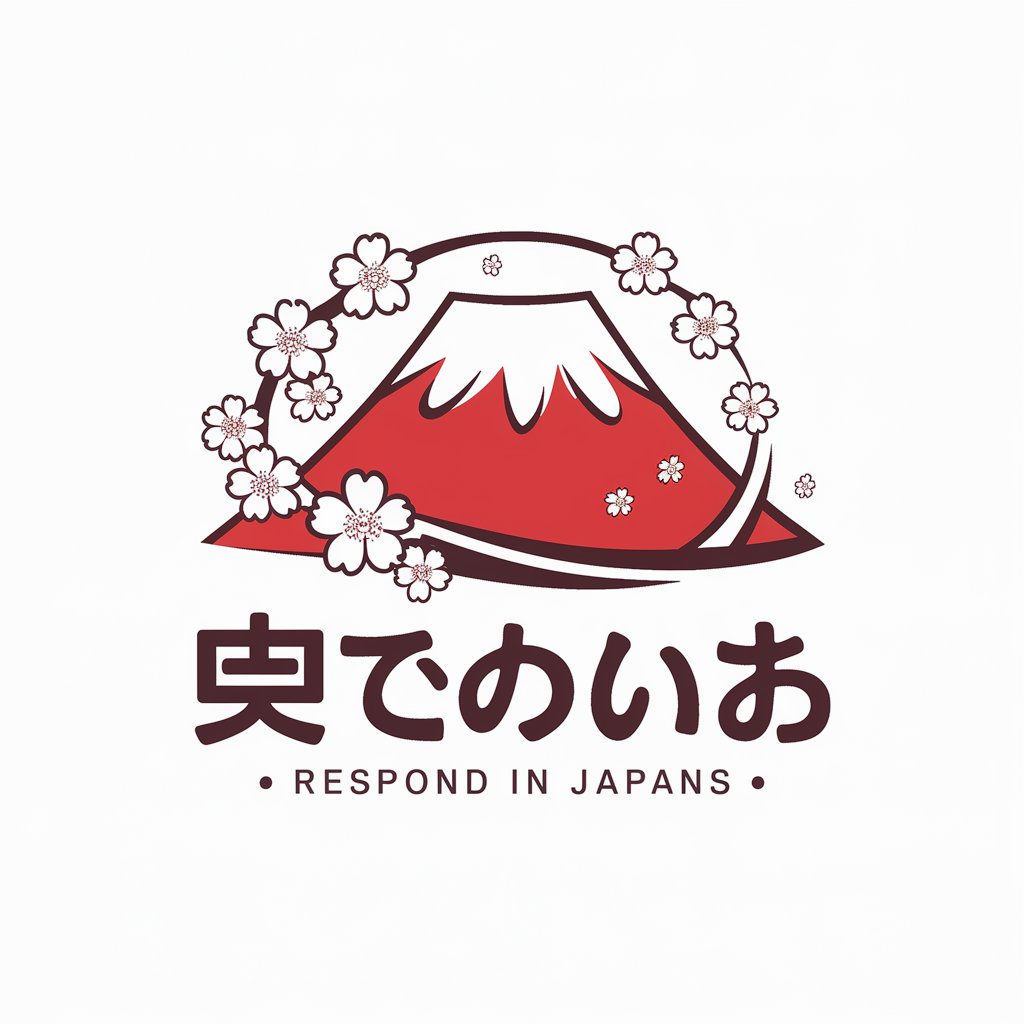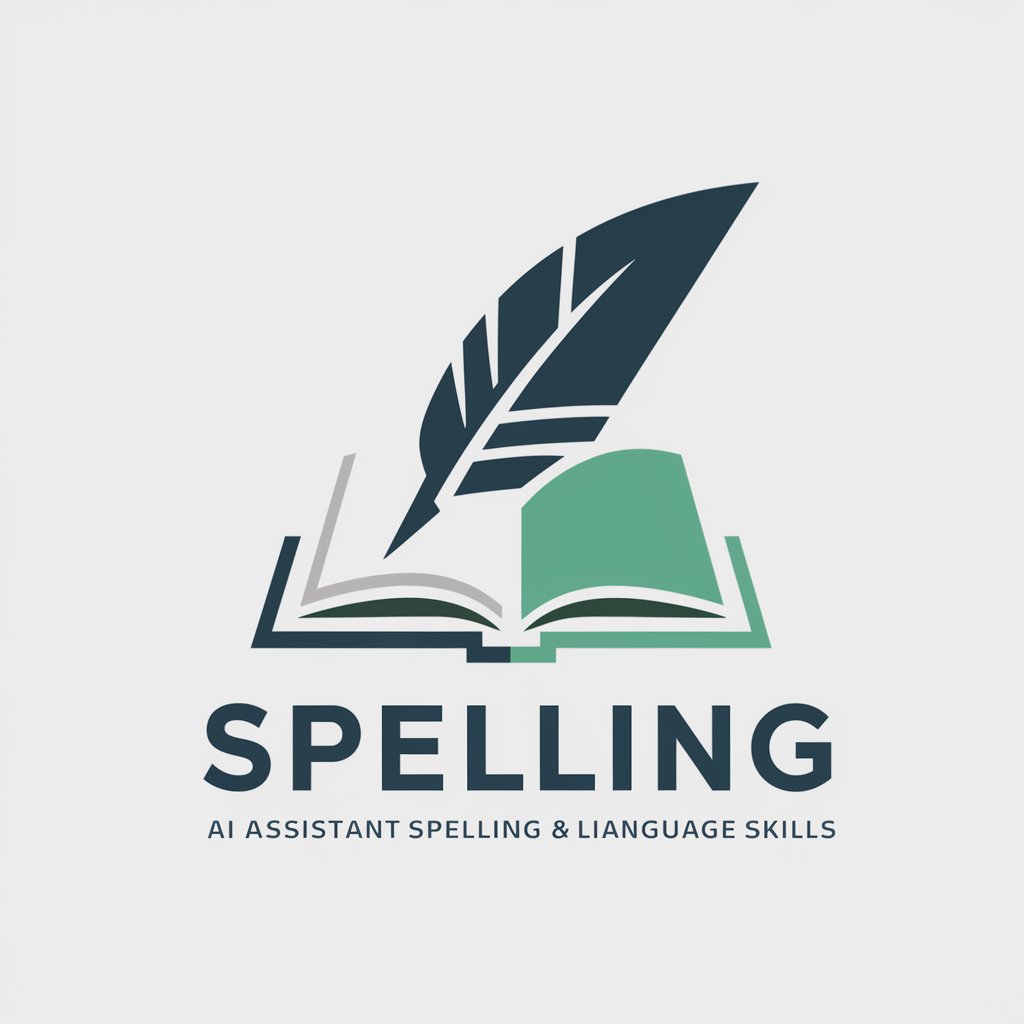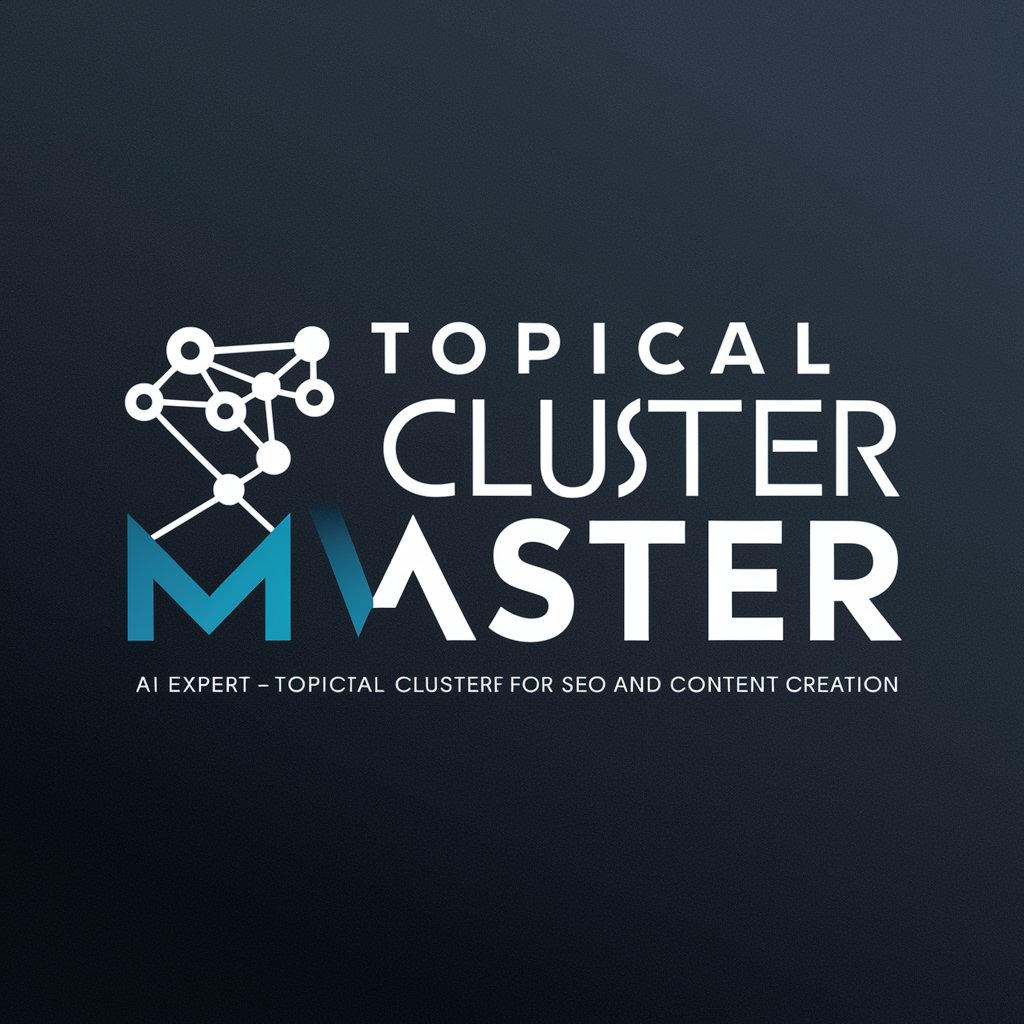
Create Categories, Post Topics & Keyword Clusters - AI-powered SEO Clustering

Welcome! Let's optimize your SEO and content structure.
Elevate Content with AI-driven SEO Insights
Analyze the following list of keywords for common themes:
Develop unique and SEO-optimized categories based on these keywords:
Identify specific themes within these categories to create intuitive subcategories:
Select a 'Post Topic' with significant search volume for each subcategory:
Get Embed Code
Overview of Create Categories, Post Topics & Keyword Clusters
Create Categories, Post Topics & Keyword Clusters is an advanced SEO optimization and content structuring system designed to enhance the organization and discoverability of online content. Its core purpose is to analyze a comprehensive list of keywords to establish a structured content silo. This involves creating main categories and subcategories based on thematic relevance, identifying focus keywords for each post topic, and clustering supporting keywords to bolster SEO efforts and user engagement. For example, given a broad topic like 'Sustainable Living,' this system would break down the topic into categories such as 'Energy Efficiency,' 'Sustainable Eating,' and 'Eco-Friendly Transportation.' Within 'Energy Efficiency,' it might identify subcategories like 'Solar Power' and 'Energy-Saving Appliances,' choose focus keywords like 'Best Solar Panels' for post topics, and cluster supporting keywords such as 'solar panel costs,' 'solar installation tips,' and 'energy-efficient home appliances.' Powered by ChatGPT-4o。

Key Functions and Real-World Applications
Category Creation
Example
For a health and wellness website, categories like 'Nutrition,' 'Exercise,' 'Mental Health,' and 'Sleep' are identified.
Scenario
A digital magazine expanding its lifestyle section would use this to organize content into easily navigable sections for readers, improving site structure and SEO.
Subcategory Development
Example
Under 'Exercise,' subcategories such as 'Home Workouts,' 'Yoga for Beginners,' and 'Marathon Training' are developed.
Scenario
An online fitness platform can use this to tailor its content offerings to specific audience interests, making the platform more relevant and engaging.
Focus Keyword Identification
Example
Identifying 'Home Workout Routines' as a post topic under the 'Home Workouts' subcategory.
Scenario
A health blog uses this to concentrate its efforts on high-interest topics, ensuring content is both discoverable and closely aligned with user search intent.
Keyword Clustering
Example
Grouping supporting keywords like '15-minute home workout,' 'no-equipment exercises,' and 'home cardio routine' around the 'Home Workout Routines' topic.
Scenario
This enables content creators to develop rich, SEO-optimized articles that cover various aspects of a topic, attracting more search traffic.
Blog Title Generation
Example
Creating engaging blog titles like '10 Easy No-Equipment Workouts to Do at Home' for the 'Home Workout Routines' post topic.
Scenario
Content marketers can use this to craft click-worthy titles that boost search engine visibility and user engagement.
Target User Groups for Create Categories, Post Topics & Keyword Clusters
Content Marketers and SEO Specialists
Professionals tasked with optimizing content for search engines and user engagement. They benefit from the system's structured approach to content organization, which helps in planning and executing SEO strategies more effectively.
Digital Publishers and Bloggers
Individuals and organizations that produce a significant amount of content across various topics. They can use the system to ensure their content is well-organized, easily navigable, and optimized for search engines, thereby increasing visibility and traffic.
E-commerce Platforms
Online retailers that need to optimize product descriptions and related content for search engines. By using the system to categorize products and create SEO-friendly product guides and articles, they can improve their search rankings and attract more potential customers.

How to Utilize Create Categories, Post Topics & Keyword Clusters
Initiate your journey
Begin by exploring yeschat.ai for a complimentary experience without the necessity for registration or the ChatGPT Plus subscription.
Prepare your keyword list
Compile a comprehensive list of keywords relevant to your content domain. This list is the foundation for category creation, topic identification, and keyword clustering.
Engage with the tool
Input your list of keywords into the tool. Utilize the interface to analyze these keywords, allowing the system to suggest categories, post topics, and keyword clusters.
Refine your strategy
Review and adjust the suggested categories, topics, and clusters. This iterative process ensures alignment with your content strategy and SEO goals.
Export your plan
Once satisfied, export the structured content plan. This includes a detailed silo of categories, topics for posts, and associated keyword clusters, ready for implementation.
Try other advanced and practical GPTs
Raceguard
Unleashing racehorse potential with AI.

Algorithm Master
Mastering Data Structures with AI-Powered C++ Solutions

日本語で答えて
Japanese Answers, AI-Powered Precision

seo專家
Empowering Your SEO with AI Creativity

Furnishings
Elevate your space with AI-powered design insights.

BartabbGPT
AI-Powered Cocktail and Rewards Expert

Legal Angel
Empowering legal professionals with AI

Glue
Bonding materials smarter with AI.

Greenhouse Gas
Empowering environmental change through AI

BRC auto testa GPT
Drive Smarter with AI-Powered Auto Insights

French
Master French effortlessly with AI

Spelling
Elevate Your Writing with AI

Frequently Asked Questions about Create Categories, Post Topics & Keyword Clusters
What prerequisites are needed to use Create Categories, Post Topics & Keyword Clusters effectively?
The primary prerequisite is a comprehensive list of keywords relevant to your content domain. Familiarity with basic SEO principles and content strategy is also beneficial for leveraging the tool's full potential.
Can Create Categories, Post Topics & Keyword Clusters help identify niche topics within a broad subject area?
Absolutely. The tool excels at analyzing broad keyword sets to pinpoint niche topics and trends, facilitating targeted content creation that appeals to specific audience segments.
How does the tool ensure the SEO optimization of categories and topics?
It employs advanced algorithms to analyze keyword relevance, search volume, and competition, ensuring that suggested categories and topics align with SEO best practices and current search trends.
Is it possible to customize the output of Create Categories, Post Topics & Keyword Clusters?
Yes, users can refine and adjust the suggested categories, topics, and keyword clusters to better suit their specific content strategy and SEO objectives.
How does Create Categories, Post Topics & Keyword Clusters aid in content structuring?
By organizing keywords into coherent categories and clusters around specific post topics, it creates a content silo structure that enhances website navigation, improves SEO, and boosts user engagement.





